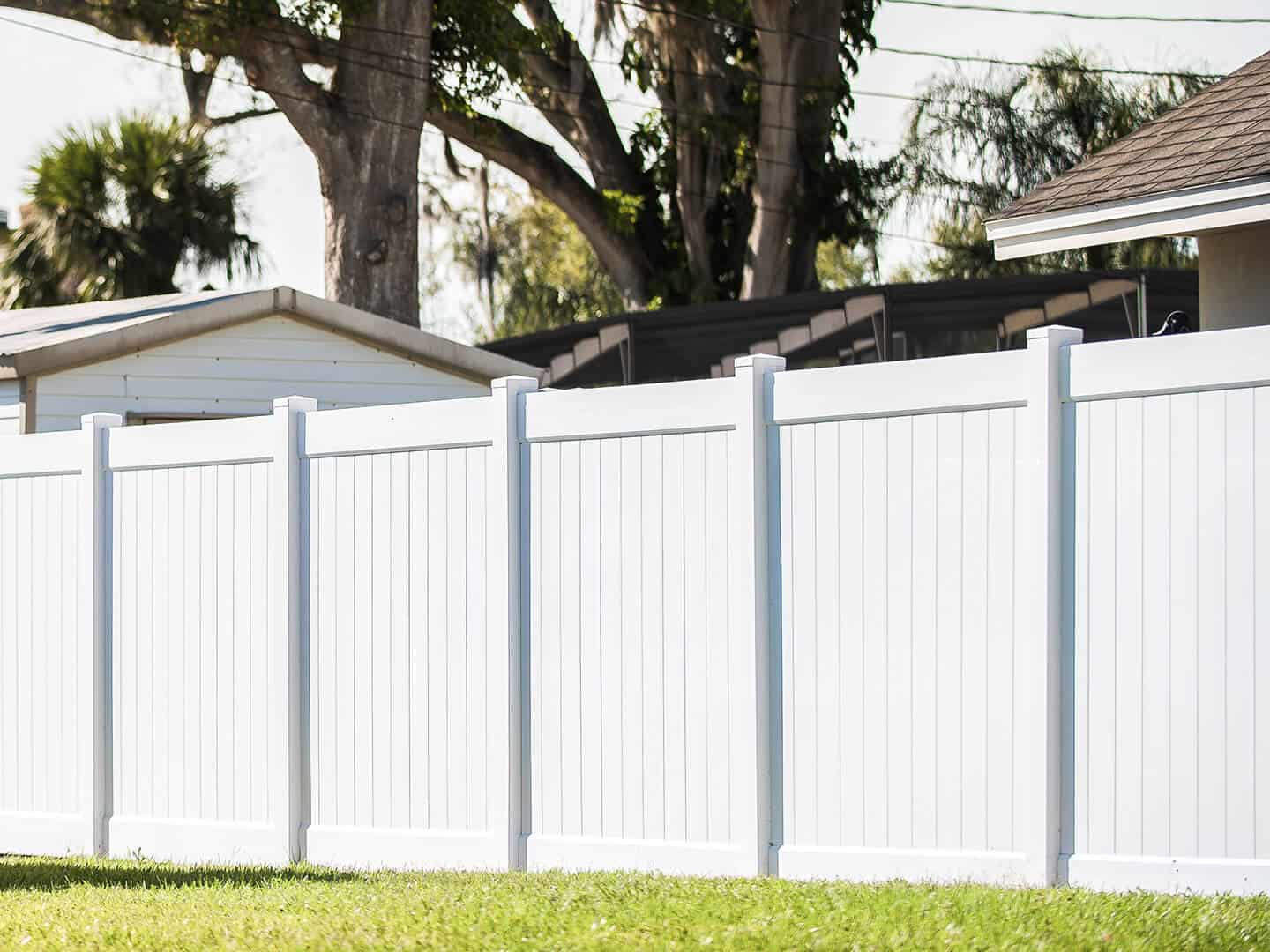Great Gardening: Some expert tips for growing your own tomatoes | Home & Garden
Of all the homegrown foodstuff crops, tomatoes rule – our initial option, according to most surveys. There’s absolutely nothing like the to start with chunk of a sun-warmed tomato from your yard. What joy it is to say, “I grew these myself!” On a farm or on a patio, there’s a spot for tomatoes. Let us get growing.
Paul and Gail Fenton of Fenton’s Develop (fresh new current market vegetable grower) have sold vegetation and deliver at the East Aurora Farmers Market place given that 1984. I requested him what tomatoes he suggests. He said: “First, I question what they want them for – canning, sauce, sandwiches or salads?”
Then he asks how significantly area the gardeners have.
“Read how large the plants will get and give them room. I routinely suggest 2 feet aside at the very least. Overcrowding boundaries generation,” he explained.
House gardeners also check with for heirloom tomato plants, considered juicier and tastier than lots of fashionable sickness-resistant hybrids. The good news, in accordance to Fenton: Genetic improvements are combining the most beloved characteristics of some heirlooms with the dependability of the hybrids. One particular case in point: San Marzano tomatoes (a meaty paste sort) are normally troubled with viral, bacterial, or fungus illnesses. But the enhanced variation, Tiren, resists the problems but retains the flavor and texture.
People today are also reading…
1. Warm soil. Plant them when the soil is hotter than 60 levels. (It feels snug in your hand.) Tomatoes planted in June frequently catch up with the shivering specimens that were being planted in mid-May well, so you are not much too late.
2. Comprehensive sunshine. That suggests eight immediate several hours of sunlight. If your treed yard or patio doesn’t offer that, do the best you can.
3. Fertile, penetrable soil (or soil combine). In containers use high-excellent potting mix. For in-ground planting, loosen the soil to 12 inches and combine in plenty of compost or aged manure. You have to have respectable drainage, and typical soil pH (7 to 8).
4. H2o. Frequently the make-or-crack issue, dependable, deep watering is demanded for nutritious tomatoes. Measure the rainfall and your watering to make sure an inch – a deep soaking – weekly. New plantings need to have it much more commonly.
5. Heat air temperature. If evenings are colder than 55 levels or hotter than 70 levels, or if daytimes exceed 85 levels, blossoms might drop off or you may well see a scar pattern (catfacing) later in the year. Some gardeners include the plants with plastic on cold evenings (and get rid of in the early morning.)
6. Home to increase. Is your plant a patio tomato or an 8-foot tall cherry tomato? Plants labeled “determinate” have limited development, but “indeterminate” suggests they develop like Jack’s beanstalk. Examine the tags or labels meticulously.
7. Guidance. Some people enable the tomatoes sprawl on the floor, which may perhaps be least complicated and could reduce watering desires all through drought situations. But it often sales opportunities to some fruit rotting, slug chewing or other ills. See propping and staking solutions down below.
8. Companions. It is both lovely and beneficial to interplant bouquets and herbs amongst your tomatoes. Companion plants can appeal to useful bugs, ward off some pests, compete with weeds, and retain the soil coated. My book, “Great Backyard garden Companions” (Rodale, 1998), addresses companion planting in science-primarily based detail.
Plant the tomato lying down
Quite a few of you have planted them previously no problem. But try out this, if you are nonetheless planting a lot more. (This “lying down” strategy does not require that you personally lie down on the floor …)
Where leaves (shoots) increase on the stem, roots can also mature. The a lot more roots, the extra effective the plant will be. So snip off the shoots on the lessen handful of inches of the plant, and lay the plant on the soil horizontally. Deal with the root ball and the stripped stem with a few of inches of soil. The roots will be gain from the heat close to the soil floor and many roots will improve quickly, even though the leading grows straight up swiftly. Don’t forget to guard and water the location in which the roots actually are.
As long as individuals have developed tomatoes, there have been sturdy viewpoints about how to do it. Your selection depends on your choices, wants, potential, plant varieties, and the sizing of your plot.
• The cage. The most widespread selection between property gardeners is the round wire tomato cage. I heartily propose not shopping for the smaller, flimsy ones (and even the premier may perhaps topple or bend below an enthusiastic plant). Powerful, square cages (that fold up for storage) function effectively. Just pick quality cages, considering that this will not be the final year you mature tomatoes. You can make your individual cages, applying tomato wire or hog wire (what ever allows you access your hand through it for harvesting). Staple the wire to a 5- or 6-foot stake.
• Stake and weave. This necessitates 7- or 8-foot bamboo, wood or steel stakes (50 percent as many as your crops), and nylon twine. Plant the tomatoes in a row. The moment they are a foot tall, place a stake involving each individual two plants. Tie the twine all around the conclude stake about 8 inches over floor, looping it tightly about every stake heading down the row. Loop all-around the past stake and carry on alongside the other aspect. The crops will expand upward amongst the ropes. Insert yet another row of twine or rope every single 8 to 12 inches to guidance crops as they grow.
• Tie them up. My grandfather taught me this. Generate just one or two wood stakes future to each plant and tie the stem or big branches to the stake(s) as necessary, working with pantyhose, fabric strips, or (nowadays) Velcro. Prevent wire twist ties, as they might slice into plant stems.
When these transpire it is usually mainly because we did not supply good soil, enough drinking water, air circulation, or more than enough daylight. From time to time early period temperature extremes or chilly soil bring about progress defects later. The late-period situation called blossom-conclude rot final results from uneven watering (bad calcium distribution) at blossom time. Hand-decide on the slugs and carefully take away tomato hornworm caterpillars (that come to be attractive butterflies.) Some health conditions can strike (temperature-dependent), and late-blight is a major a single. We’ll tackle problem-solving one more day.
But if you applied finest tactics, you will definitely have tomatoes. Mature a wide range of tomatoes and find out what you really like greatest. Enjoy.
Sally Cunningham is a back garden writer, lecturer and advisor.








